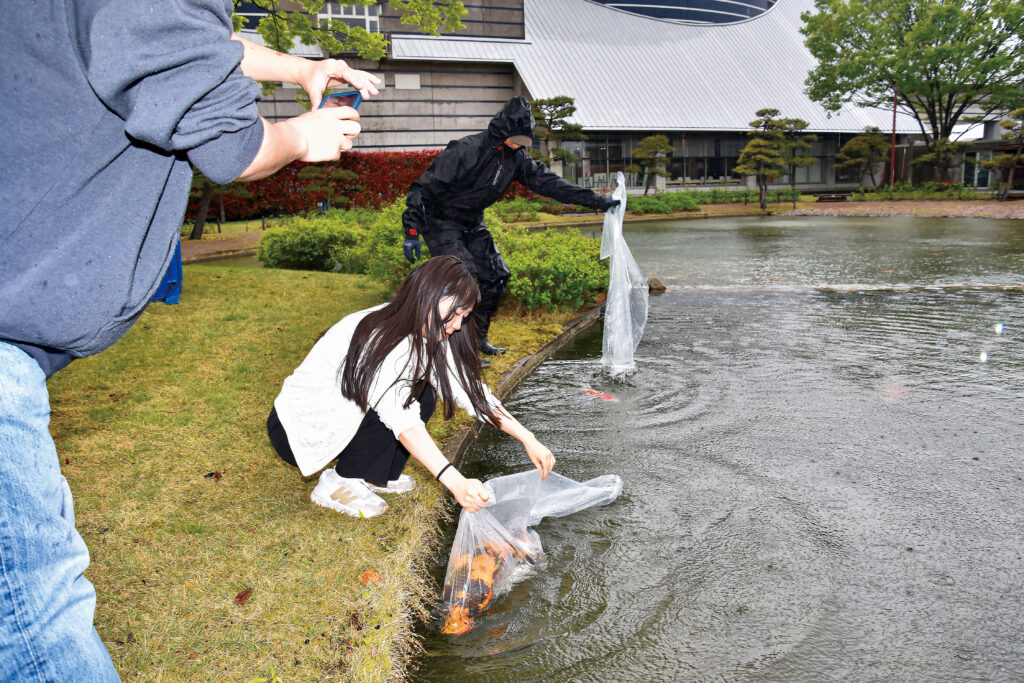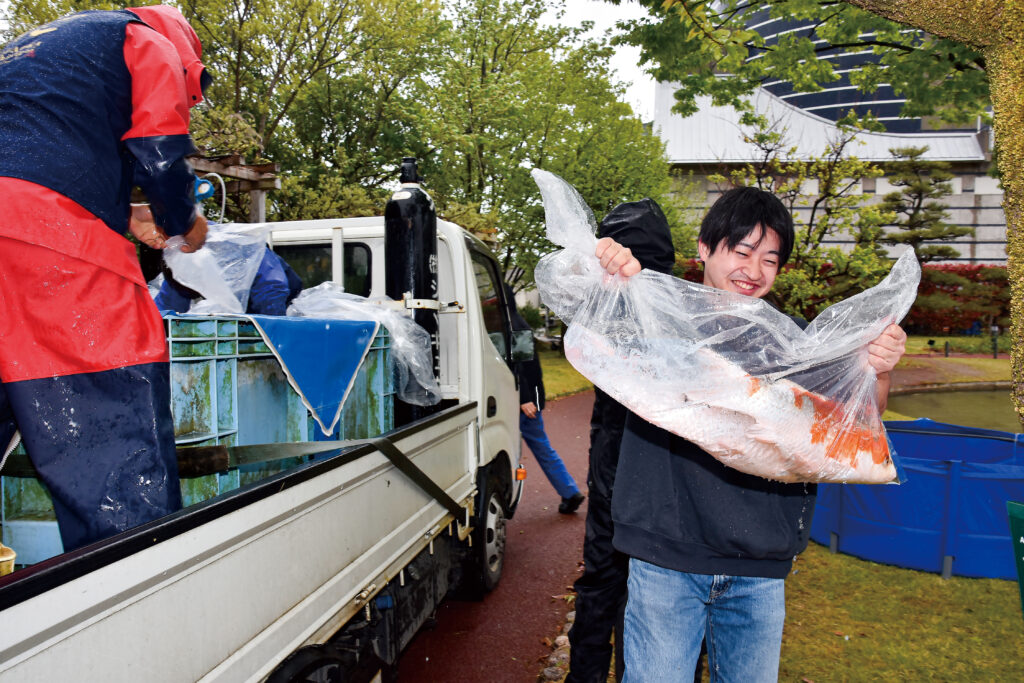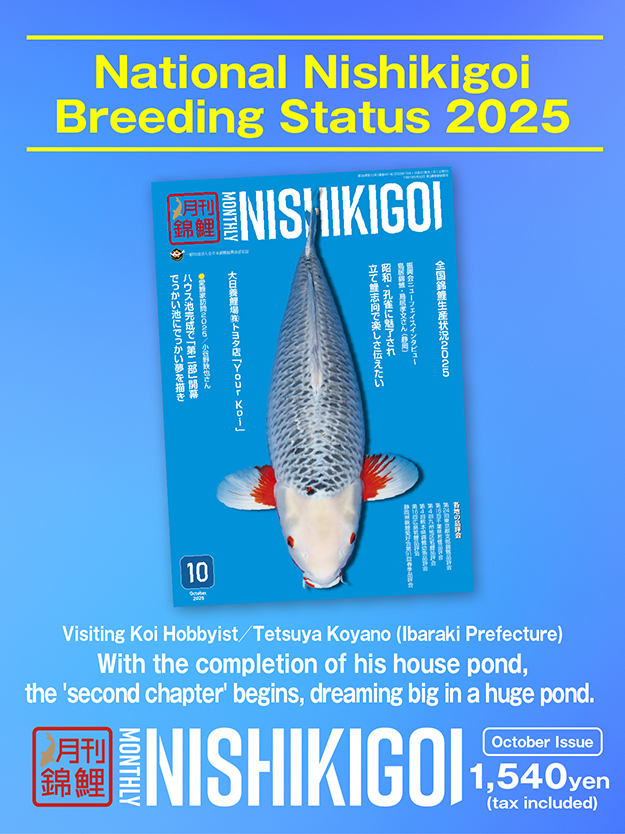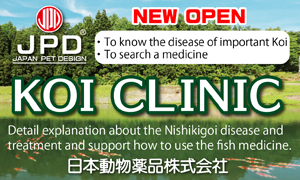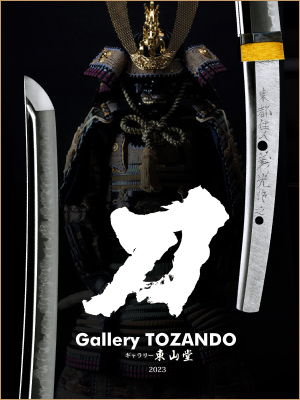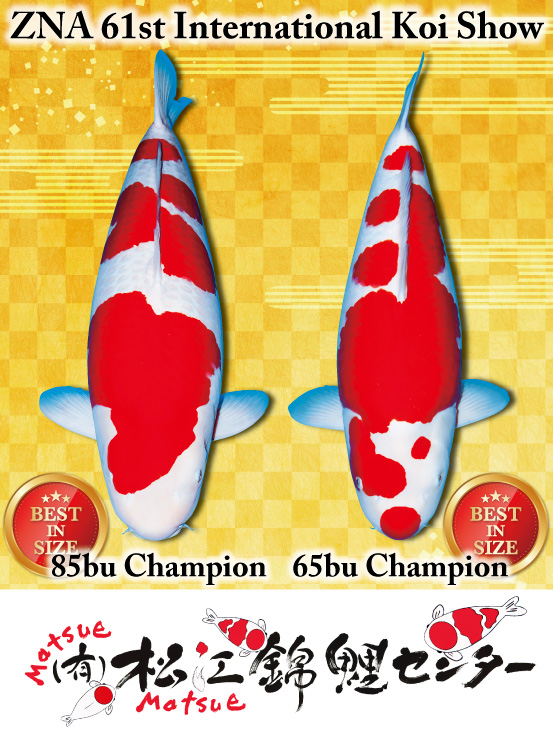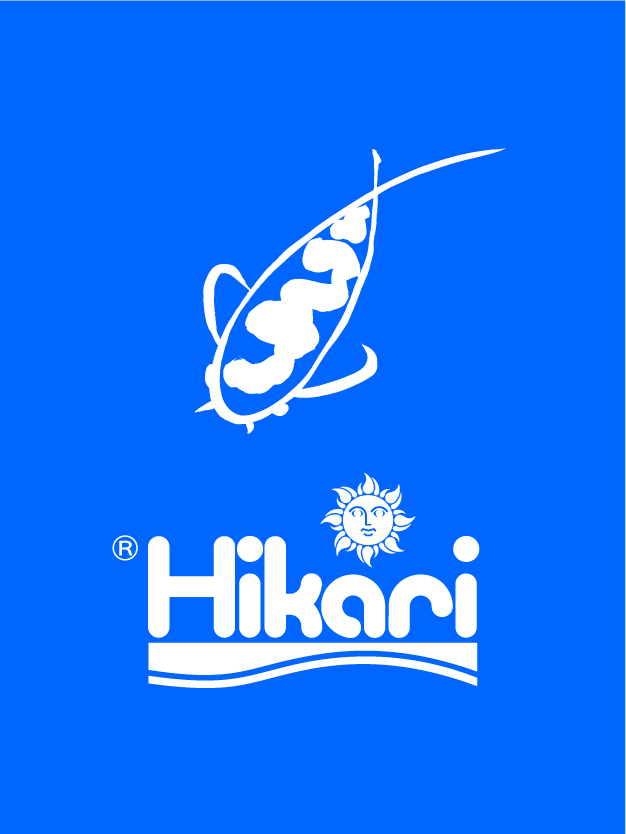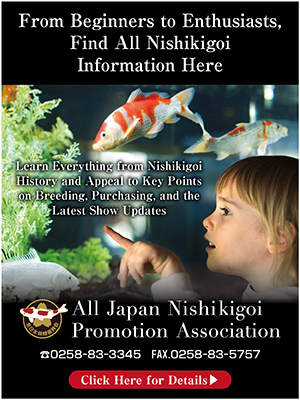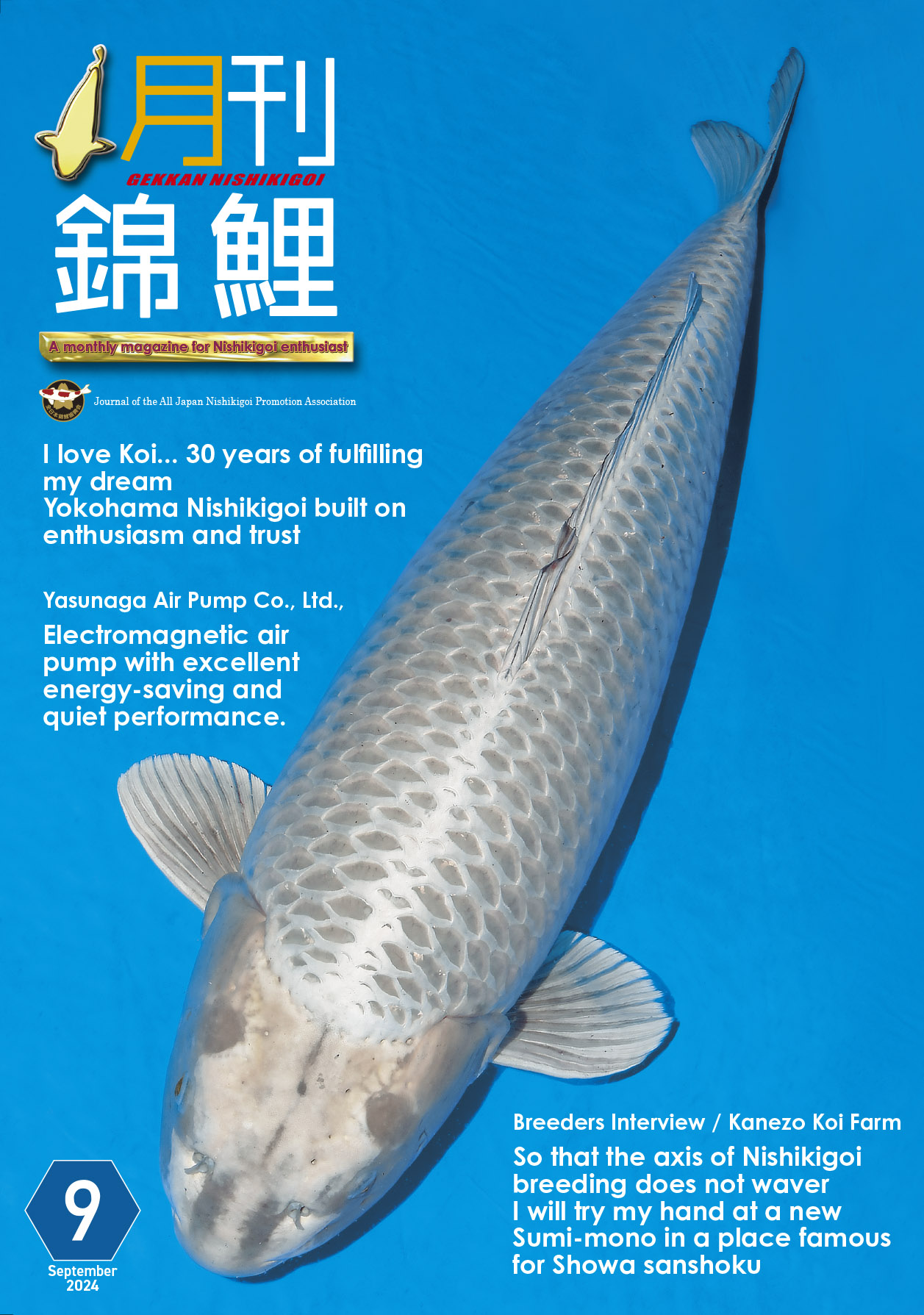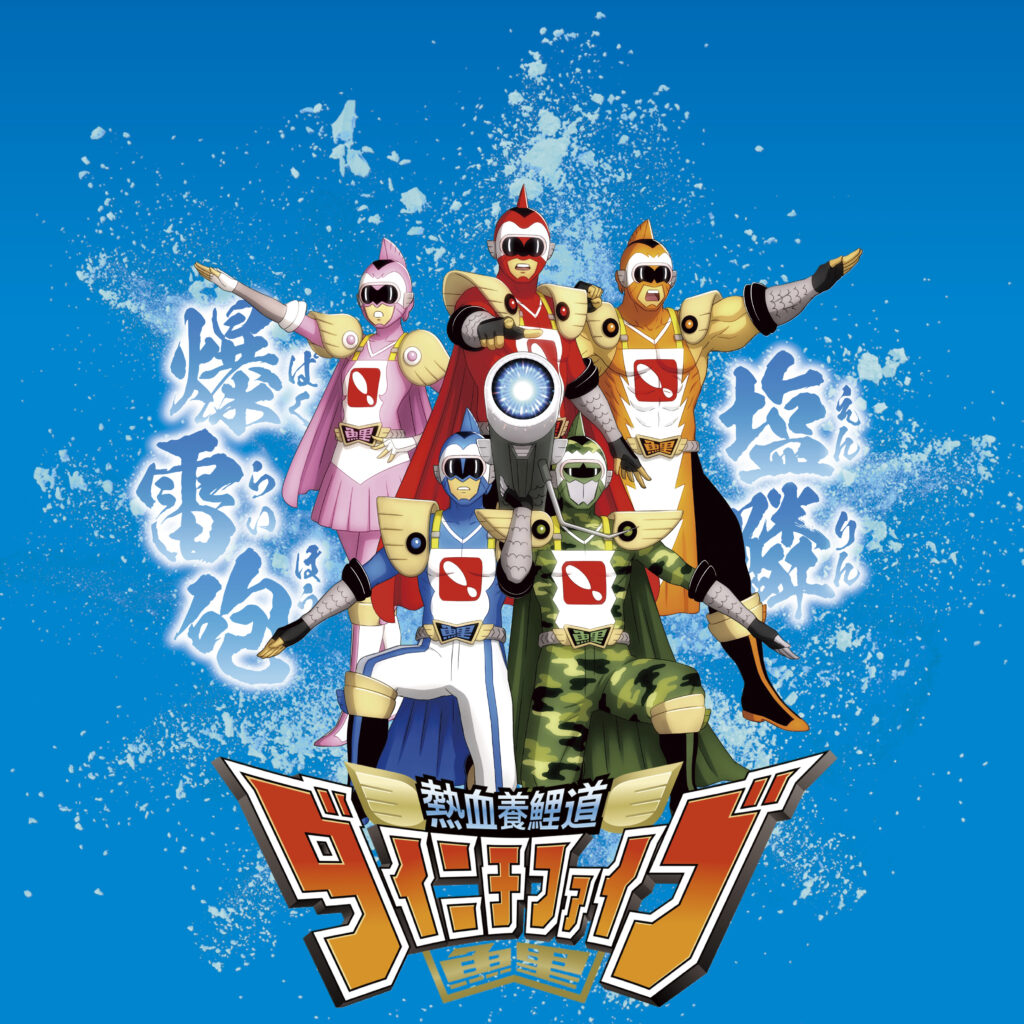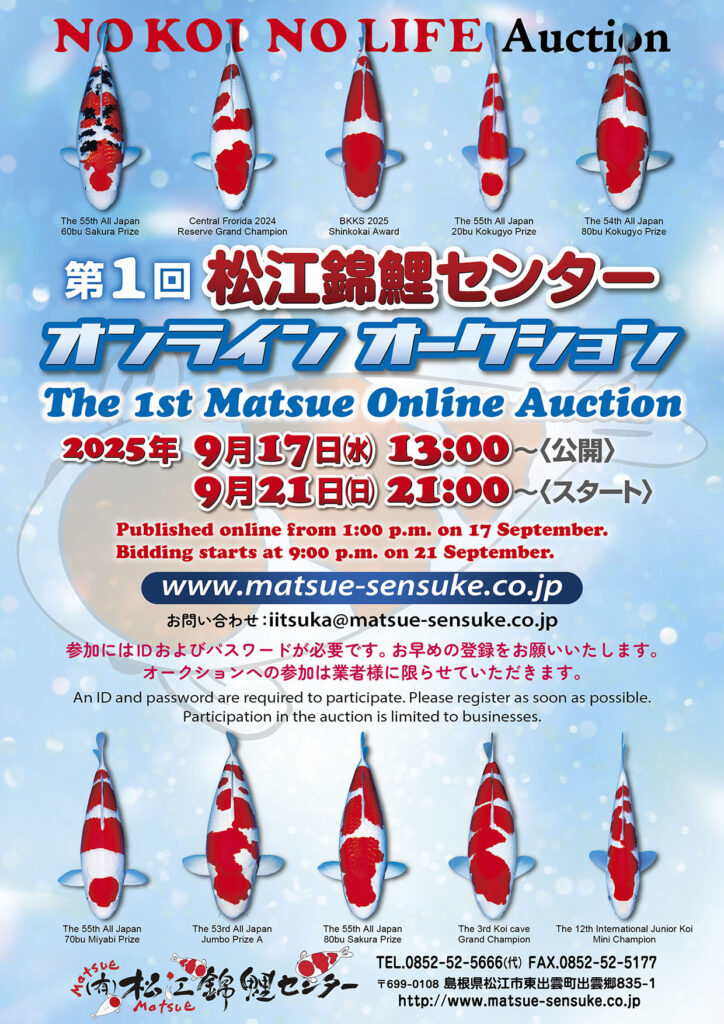ー Because Nishikigoi tend to grow large, research in this area has been limited due to such challenges.
Koji: In the Faculty of Science, we typically use fish with short development times from egg to adult. Due to the more extended development period of Nishikigoi, fundamental research has not been widely conducted within the Faculty of Science.
ー I see.
Koji: When discussing the characteristics of Nishikigoi, ‘patterns’ are frequently emphasised. Currently, valuable patterns are identified through sorting processes in production. I believe that contributions can be made based on fundamental academic data and scientific evidence, leveraging the power of science. We are conducting basic research in collaboration with the Niigata Prefectural Inland Water Fisheries Experimental Station to analyse the pattern formation mechanism. We also investigate how patterns are formed from genetics in collaboration with various other institutions nationwide.
ー If the mechanism of pattern formation can be uncovered, enabling the more efficient production of valuable patterns could lead to increased income and improved working conditions for those involved in the Nishikigoi industry.
Koji: Although the recent performance of Nishikigoi exports are very positive, there is concern that high-value Nishikigoi may be produced locally using these exports. Some countries worldwide have long farmed carp for food and are also advancing fundamental research on Nishikigoi. We must ensure that we can compete with them.
ー Thank you. Next, let’s hear from Professor Yamazaki of the Faculty of Engineering.

Tatsuya Yamazaki: I am involved with Nishikigoi from the perspective of information engineering. One of the fields in the engineering department is Intelligent Information System Programming. I am mainly engaged in information science research, which entails processing diverse data and information using computers and integrating them to interpret patterns. This correlation extends to evaluating the aesthetic appeal of Nishikigoi and how we determine their beauty. Judging in koi Shows relies on human eyes and the aspects that are evaluated depends on the judge’s experience and expertise. Although it’s ultimately a subjective judegment, I believe the results satisfy everyone. I want to use computers to analyse what constitutes those results.
― In recent years, AI has been a topic of discussion in various fields.
Tatsuya: Although ‘artificial intelligence’ is a broad term, using techniques such as deep learning requires a significant amount of data. Through methods such as data augmentation, which involves expanding the dataset—like multiplying 100 images into 1000—we can explore how computers can be trained to emulate human judgment. Regarding pattern formation, we also aim to work towards predicting patterns that occur as young fish develop into adults from an engineering perspective.
ー Thank you.
Hideo: Two fourth-year Sakata Laboratory students, Masayuki Ueno and Yuki Kimura, are also participating today. Students may have different insights or feelings about Nishikigoi and the Nishikigoi industry influenced by their own perspective. We will now listen to their discussion on the research topics they intend to explore.

Masayuki: I intend to conduct research on Nishikigoi in the Sakata Laboratory. Specifically, starting this year, there will be a koi internship program. I plan to participate, engage in the industry, learn about its challenges and issues, and contemplate what I can contribute. I’ve heard that there is a shortage of successors in the industry. I would like to focus on how we can sustain by exploring various different approaches.
Hideo: Next, we’d like to hear from Yuki.
Yuki: I plan to investigate the aesthetic sense and how koi are assessed by breeders. In Japan, Nishikigoi are unfortunately perceived to be limited to those considered wealthy. Therefore, in order to promote the appeal of Nishikigoi as widely as possible, I need to be able to clearly explain what koi breeders alread know, including, for example, the charm, experience, and expertise associated with Nishikigoi. I want to change the current perception of this charm, known only to a select few, into a more universal understanding.
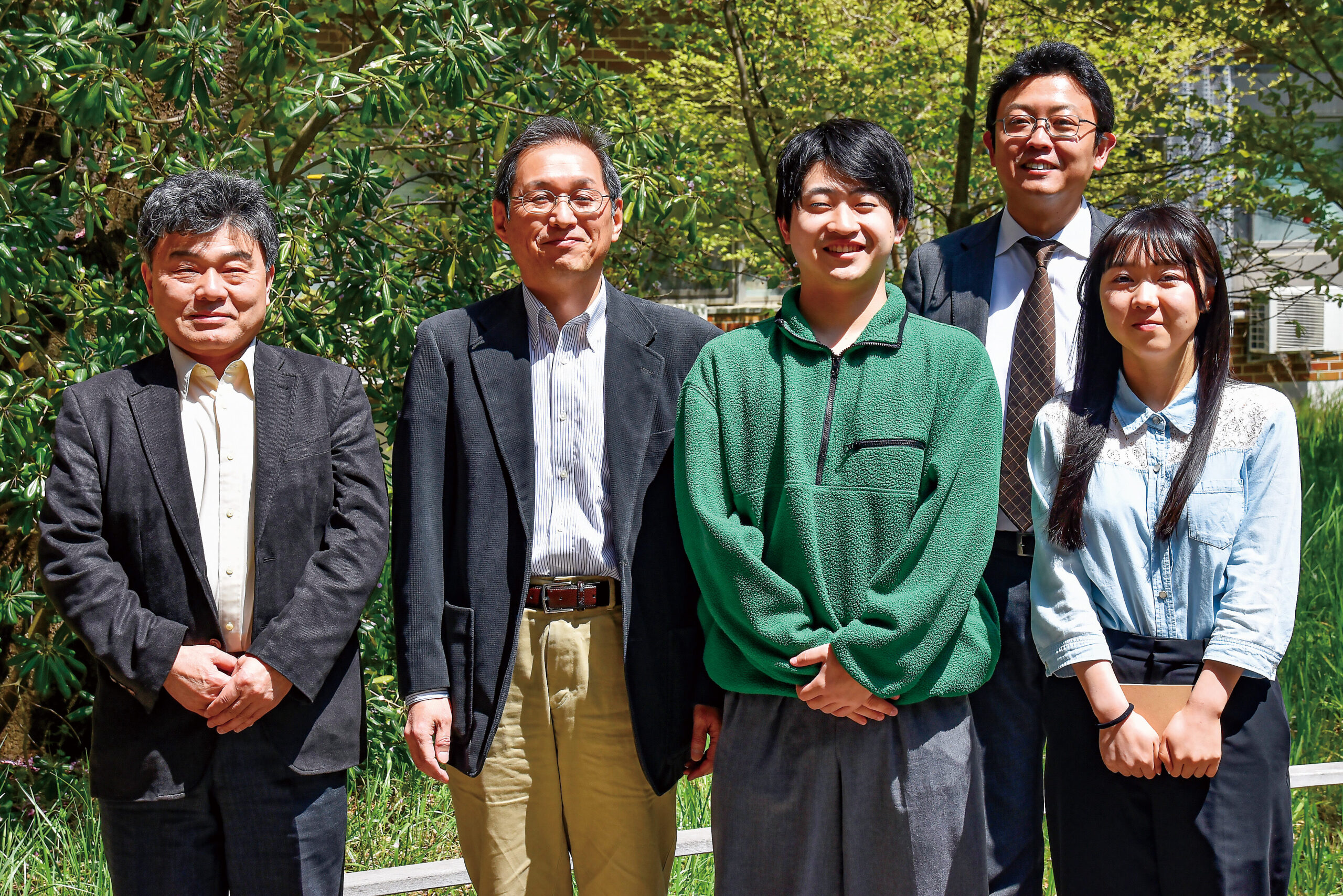
including Associate Professor Neida Sakata.
